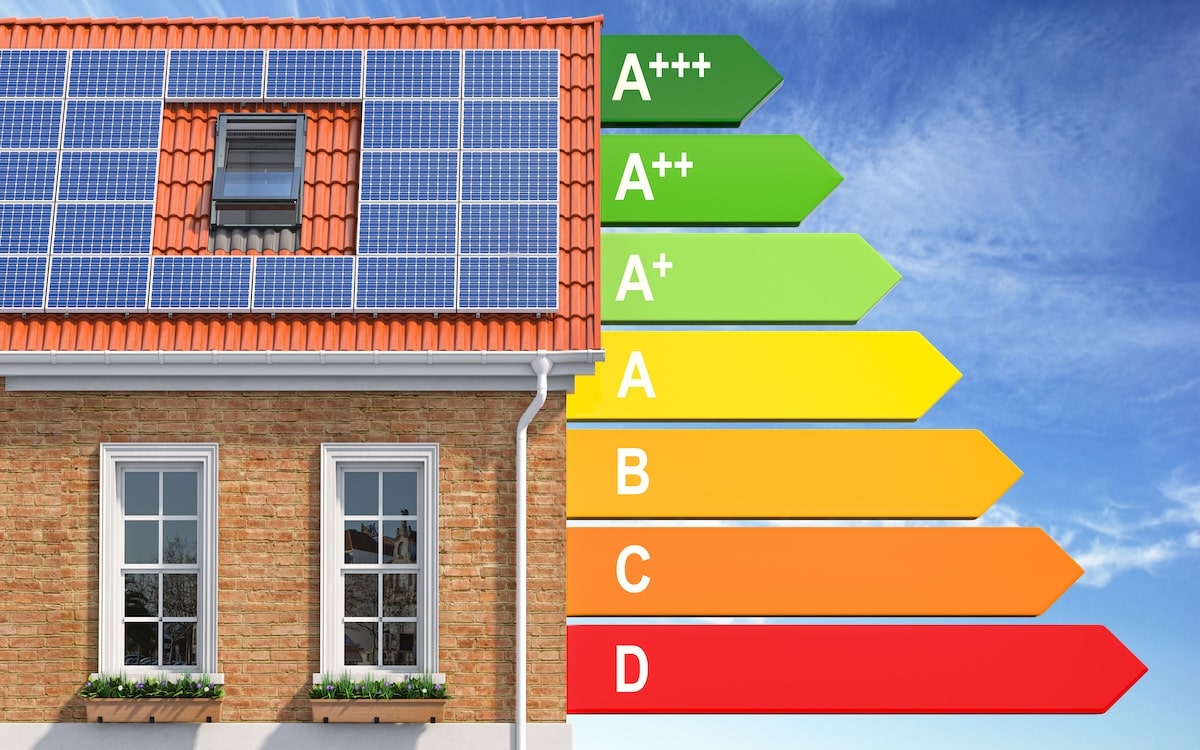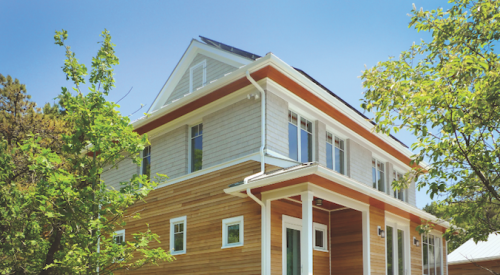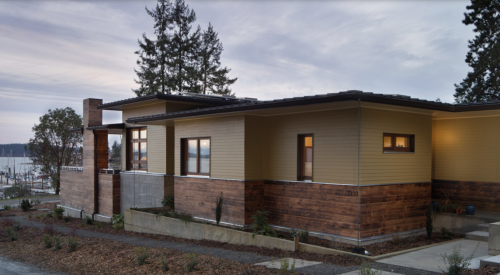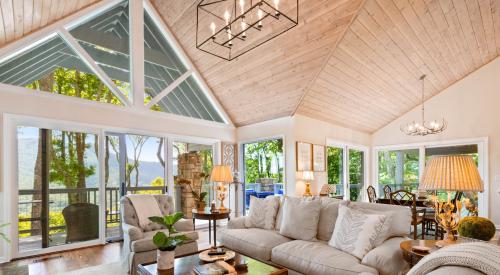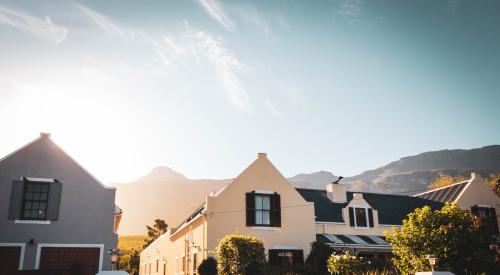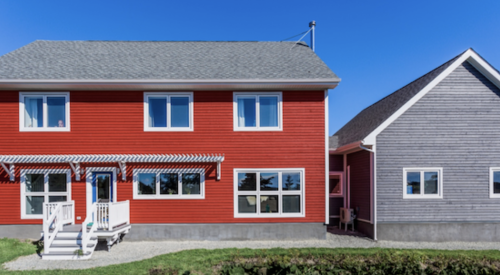Passive House design emphasizes airtight construction that minimizes thermal bridging and maximizes the use of passive daylighting, heating, and cooling to boost a home’s energy savings and promote affordability. This sustainable building approach has been around since the 1980s in Germany and has been gaining traction in the U.S., but, according to Multi-Housing News, several myths could be holding back Passive House design from really taking off in the U.S.; myths include: Passive House design only works for single-family homes, it’s a fad, it costs too much to build, Passive House and Net Zero are the same thing, and Passive House and LEED are one and the same.
Already popular in Europe, PH design is gaining ground across the U.S. where square footage in the industry has more than doubled every two years over the past decade. Amid the broad push for buildings to become more efficient, more grant and rebate opportunities are now available to help PH projects move forward. Further, cities are increasingly requiring projects to implement green initiatives and more housing authorities are scoring ‘green’ projects higher for funding awards.
